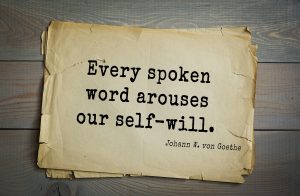
Most EFL teachers savour a ‘teachable moment’ where, by plan or serendipity, some magic happens. Let me tell you a story about one of mine.
During the 7 years I taught in the Middle East, all teachers lamented the prevalence of mobile phones in the classroom. Sometimes, even, multiple phones during exams had to be removed from students under the protests of “We’re just sharing teacher….honest…..just sharing.”
Phones were a problem. And as so often happens, problems are the source of an inspiration. One day I got all 24 of my 17-19 year old male students around in a circle of desks and got them to explain to me, in English of course, all the features of their many varieties of mobiles or cells. All the new terms and features were written Continue reading









